
10 Women You Need to Know This Women's History Month
Here at Moment, we proudly cover women’s struggles and triumphs in an effort to help correct the gender imbalance that has always existed in magazine journalism. We remain committed to our mission of providing North American Jews with in-depth reporting on the stories that shape our lives, and our coverage of women helps us portray the Jewish world more accurately. The majority of our editors are women, and their ability to frame the issues of our day makes our journalism stronger. We constantly seek out and publish stories about powerful and inspiring women who work hard to create change and make an impact. This Women’s History Month, we’ve put together a list of some of our favorites.
1___________________________________________________________________________________________________________
Martha Nussbaum: The Philosopher Queen
The New York Times describes Martha Nussbaum as “the most prominent female philosopher in America.” She has written more than 25 books and edited another 21, but her road to success was not an easy one. Nussbaum worked hard to make a name for herself, dealing with sexism and harassment along the way. Despite these hardships, Nussbaum remains determined to make philosophy relevant to the 21st century and transcends the field’s traditional boundaries to explore race, gender and sexuality. Today, at age 72, Nussbaum runs daily, including 12 miles every Sunday, and regularly lifts weights, all while working to make sure philosophy is useful—not esoteric.
2___________________________________________________________________________________________________________
Roberta Kaplan Takes White Supremacy to Court
Roberta Kaplan is not fazed by controversial cases. She played a prominent role in legalizing gay marriage and cofounded the Time’s Up Legal Defense Fund in the wake of the #MeToo movement. These days, Kaplan is working to hold the leaders of the Charlottesville Unite the Right rally accountable, using an obscure federal law—the Ku Klux Klan Act of 1871—to argue that the rally’s organizers conspired to commit violence. The defendants are two dozen neo-Nazis, white supremacists and extremist groups connected to the Charlottesville march and include the host of internet talk show Radical Agenda and the founder of neo-Nazi website The Daily Stormer. But Kaplan, 53, is not daunted by the notoriety of the defendants and hopes the case, Sines v. Kessler, will clear a path through the courts to fight violence driven by hatred.
3___________________________________________________________________________________________________________
Alice Shalvi: The Mother of Israeli Feminism
Alice Shalvi, 93, is known today as a founding mother of Israeli feminism. Born in Germany in 1926, Shalvi and her family fled the Nazi regime, arriving in London in 1933. When she came to Israel in 1949, just one year after the establishment of the state, Shalvi became a professor of English at the Hebrew University of Jerusalem. She created the English department at the nascent University of the Negev, then went on to found the Israel Women’s Network, serve as rector of the Schechter Institute of Jewish Studies, and take over as principal for the Pelech School for Ultra-Orthodox girls, considered one of the country’s leading progressive schools. Shalvi has mentored countless feminist activists, many of whom have taken on positions of leadership in the feminist movement today. She has been a forceful advocate for Israeli-Palestinian peace and has won numerous awards in Israel and abroad, including the Israel Prize, the state’s highest cultural honor.
4___________________________________________________________________________________________________________
The Daring Madame D’Ora
Dora Kallmus was born into a wealthy Jewish family in Vienna in 1881. Although her family’s fortune brought her countless luxuries, the death of her mother when Kallmus was just 11 years old cast a dark shadow over her childhood. In her late teens, she began a relationship with a married man that lasted over two decades. Kallmus was well aware of the hazards and loneliness of leading a life as “the woman in the background,” and searched for an alternative to the Victorian marriage that otherwise would have been expected. In the summer of 1904, while vacationing in Nice, she bought a simple box camera and imagined how it could provide her with a profession. Kallmus began her career taking professional photography courses and taking portraits of actresses and artists her famous family connected her to. Her photography took a turn when World War II began; Kallmus was living in France at the time. The most powerful of Kallmus’ later, post-war photographs bear the stamp of loss and misery, the conditions that marked the alternate world she had become acquainted with during the war. Between 1946 and 1948 she took a series of photographs in the Austrian DP camps, working in makeshift and squalid conditions very different from the elegance that had surrounded her in the past. Her work and the powerful stories behind her pieces can be seen in “Madame D’Ora,” a new exhibition on view through June 8 at New York City’s Neue Galerie.
5___________________________________________________________________________________________________________
Edith Halpert: Grand Dame of American Art
Edith Halpert was born in 1900 to a well-off and secular Jewish family in Odessa, Russia (now Ukraine). Her father died when she was just three years old and her family came to New York City in 1905 because of violent pogroms which killed 300 Odessa Jews and displaced thousands more. Even as a young girl, her mind was a mix of sharp intelligence and fiery energy. To satisfy her more creative inclinations, she took art classes and became friends with many artists and dealers in the small community of New York’s art world. She fell in love with the much older artist Samuel Halpert, an impressionistic painter who was known for his use of rich color contrasts. They later divorced in 1930, but Halpert continued with her art and opened her own gallery. In 1931, she officially expanded her business, opening the American Folk Art Gallery on the second floor of her brownstone. Halpert’s most important contribution as a gallerist was in helping to break the color barrier by promoting and exhibiting African American artists and their work. In December 1941, Halpert presented a group exhibition of 19th- and 20th-century African American artists entitled “American Negro Art,” the first commercial display of black artists in New York City. Halpert died in 1970 but continues to be remembered for using her imagination to help develop a new idea of American art that was modern and confident.
6___________________________________________________________________________________________________________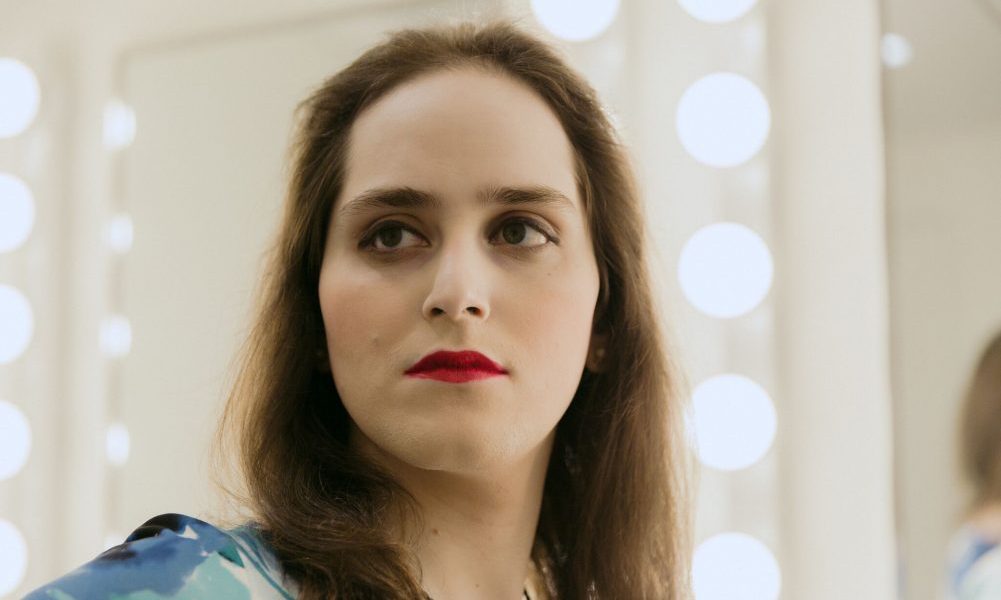
Abby Stein: A Gender Transition Through a Jewish Lens
Abby Stein, a 28-year-old transgender woman living in New York, is an outspoken activist on behalf of the LGBTQ community and an in-demand speaker at universities, synagogues and community centers. A 10th generation descendent of the Baal Shem Tov—founder of the Chasidic movement—Stein grew up among 13 siblings in Brooklyn as part of an austere and insular Chasidic sect. Stein’s first language was Yiddish, and she didn’t speak a word of English (her fourth language following Yiddish, Hebrew and Aramaic) until her 20s. She had an arranged marriage at 18 and had a son before leaving the Hassidic community at 20, beginning her gender transition at 23. Today, Stein embraces her identity, but finds herself straddling a tenuous line between serving as an inspiration and violating her own sense of privacy. Yet she is dedicated to using her voice as a platform and is interested in working in the nonprofit arena and addressing public policy issues, including gender equality, education and justice reform.
7___________________________________________________________________________________________________________
At Home with Marge Piercy
Marge Piercy, now 83, is a poet, novelist and longtime feminist activist. Piercy has published 17 novels and 19 books of poetry, plus assorted plays and memoirs. Her books are widely taught as feminist and science fiction classics, and her poems and blessings have entered the cultural bloodstream—what might even be called the common prayer language of a certain strain of liberal Judaism. They’re heard at weddings, funerals, namings; they hang on refrigerators. Her work as a poet and novelist has always been tied up with activism—feminism, antiwar, antiracism, abortion rights. Nowadays, Piercy writes four days a week, reads poetry on college campuses and maintains a full schedule of local political activism, mainly on environmental issues.
8___________________________________________________________________________________________________________
Gen Z Meets Dr. Ruth
Today, Dr.Ruth is known for being a renowned sex therapist and is loved and adored by many for being unapologetically herself. At 91, she stands at four-foot-seven and runs from meeting to talk show, calling herself the “busiest 91-year-old woman in the world.” After escaping the Holocaust on a kindertransport to Switzerland in 1939, Dr. Ruth fought for the Haganah in Israel’s War of Independence before making her way to Paris and then the United States to study family psychology. Over the past 30 years, she has hosted seven TV shows, written 45 books and appeared on a variety of talk shows, including The Tonight Show Starring Johnny Carson, The Today Show and The Ellen DeGeneres Show. In 2019, Hulu premiered the documentary Ask Dr. Ruth, which offered a closer look into her Holocaust survival story. Dr. Ruth has offered unabashed relationship advice since the 1980s, breaking taboos during a time when people seldom spoke publicly (let alone explicitly) about sex. Despite conservative critics, Dr. Ruth maintains that her work is necessary to promote healthy sex education.
9___________________________________________________________________________________________________________
The Gospel of Amy-Jill Levine
Amy-Jill Levine was seven years old when her cartoons were interrupted with the broadcast of Pope John XXIII’s funeral on her parents’ TV set, after which she developed a deep interest in the Catholic religion (even though she was Jewish, and attended a Conservative synagogue). Her innocent interest in Catholicism was swept away one afternoon when one of her classmates approached her on the school bus and said, “You killed our Lord. My priest said so.” Levine announced to her parents that she was going to go to catechism, Catholic religious education class, to find out where this hateful teaching came from, and she was going to stop it. She kept her word, and has spent the past half-century studying Christianity and Judaism, attempting to unravel the tangled relationship between the two religions. Today, the 57-year-old mother of two is a member of an Orthodox synagogue in Nashville, Tennessee, University Professor of New Testament and Jewish Studies at Vanderbilt University, and a leading figure in Jewish-Christian interfaith relations. Her 2007 book, The Misunderstood Jew, was a bestseller, reaching not just academics and clergy but the general public through media such as NPR, PBS and The New York Times. Throughout, her goal has remained the same: To clear up 2,000 years’ worth of misconceptions between Jews and Christians.
10___________________________________________________________________________________________________________
The Magic of Alice Hoffman
Alice Hoffman is the popular author of 37 books, including numerous bestsellers and an Oprah’s Book Club selection. She is best known for her romance-filled tales of witches, spells and cold New England winters, as well as novels that evoke her own gritty working-class youth in 1950s Long Island. Recently, she wrote her own Holocaust novel. The World That We Knew, published last September, checks all the boxes of the now-familiar Holocaust blockbuster genre: a sweeping, multicharacter plot; danger, bereavement, resistance and survival in multiple stories that snake through wartime Paris, Berlin and the safe-haven village of Le Chambon; narrow escapes; and ghastly outcomes for the brave. There’s also a wild card, in the form of a golem created by a rabbi’s daughter for a desperate mother who hopes that a golem can shepherd her daughter to safety. Hoffman believes literature and magic are melded together, and said that as a reader, she always wanted to escape and as a writer, she feels the same way. Hoffman says magical realism is a literary tradition connected with women and fairy tales and the stories that grandmothers tell grandchildren.

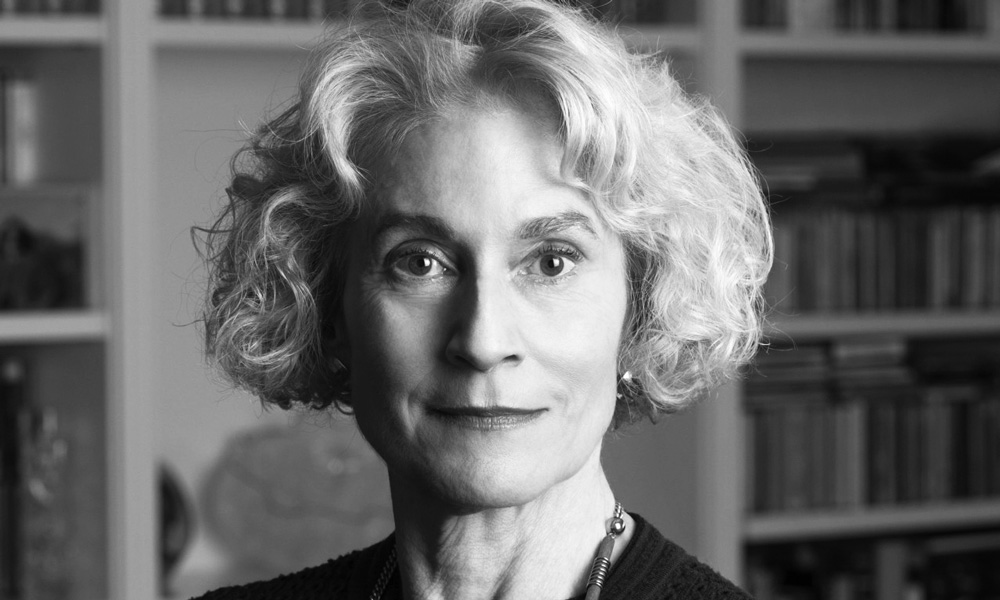
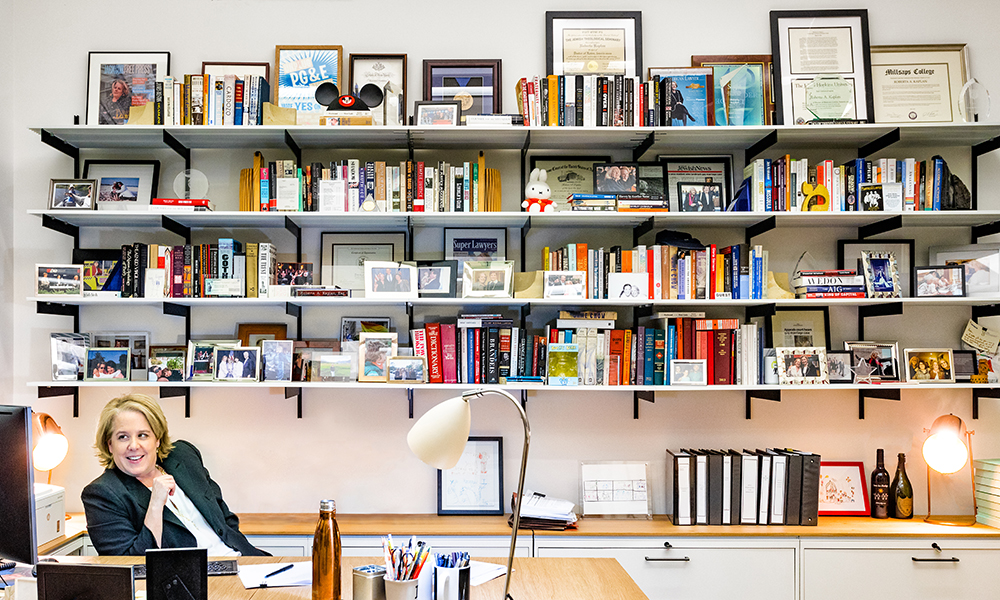
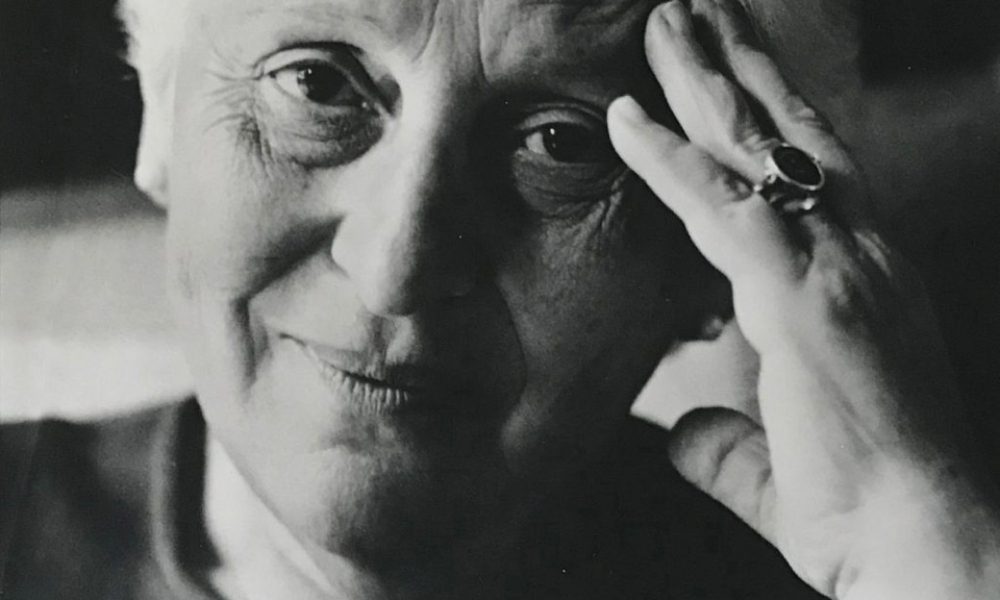
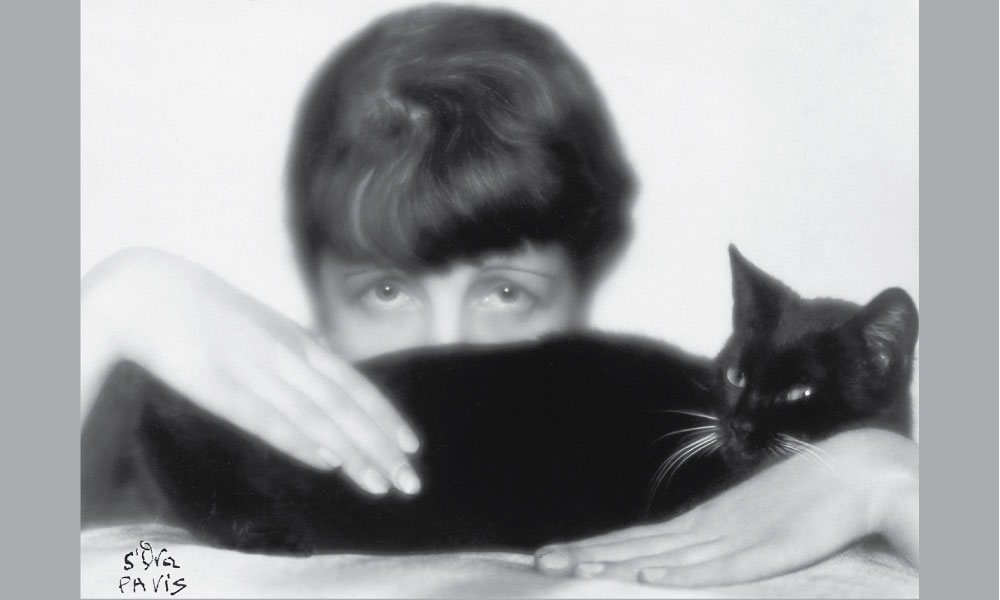
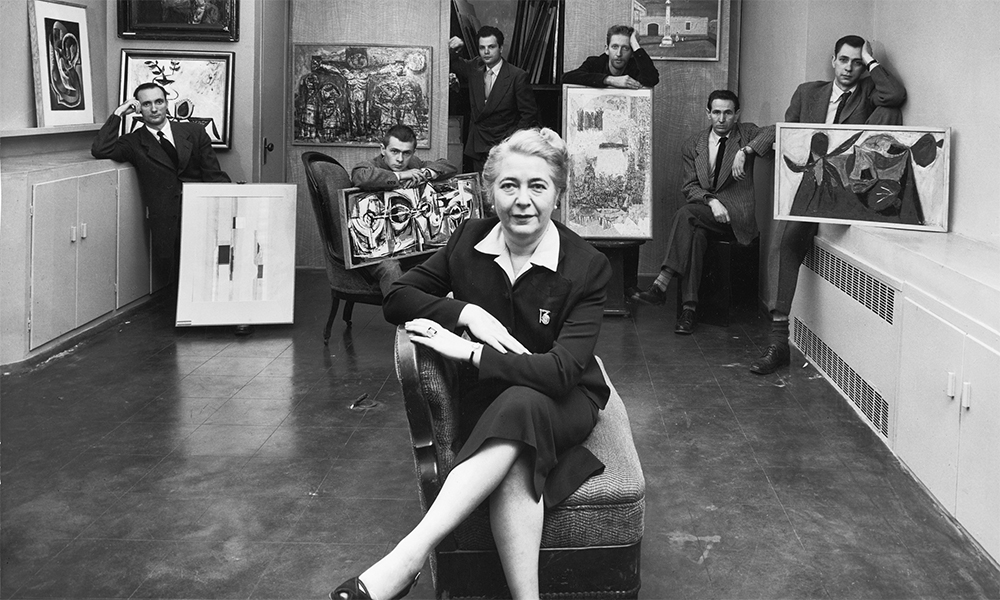
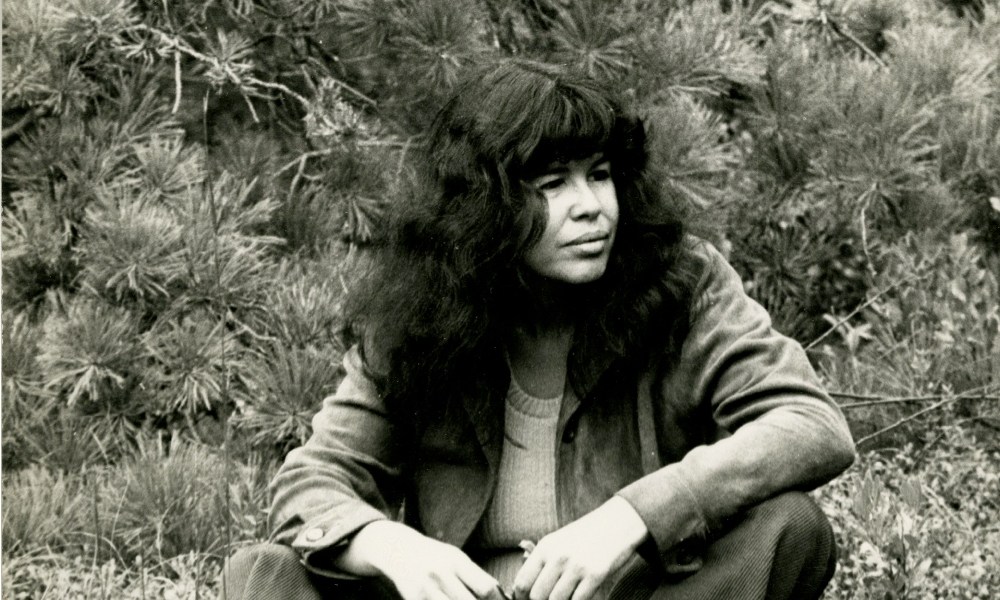
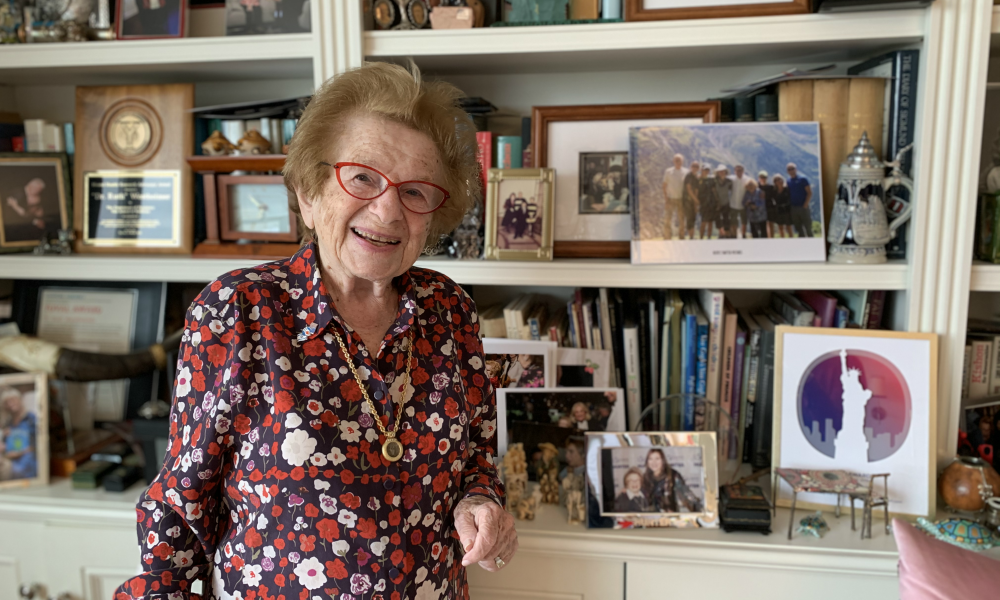
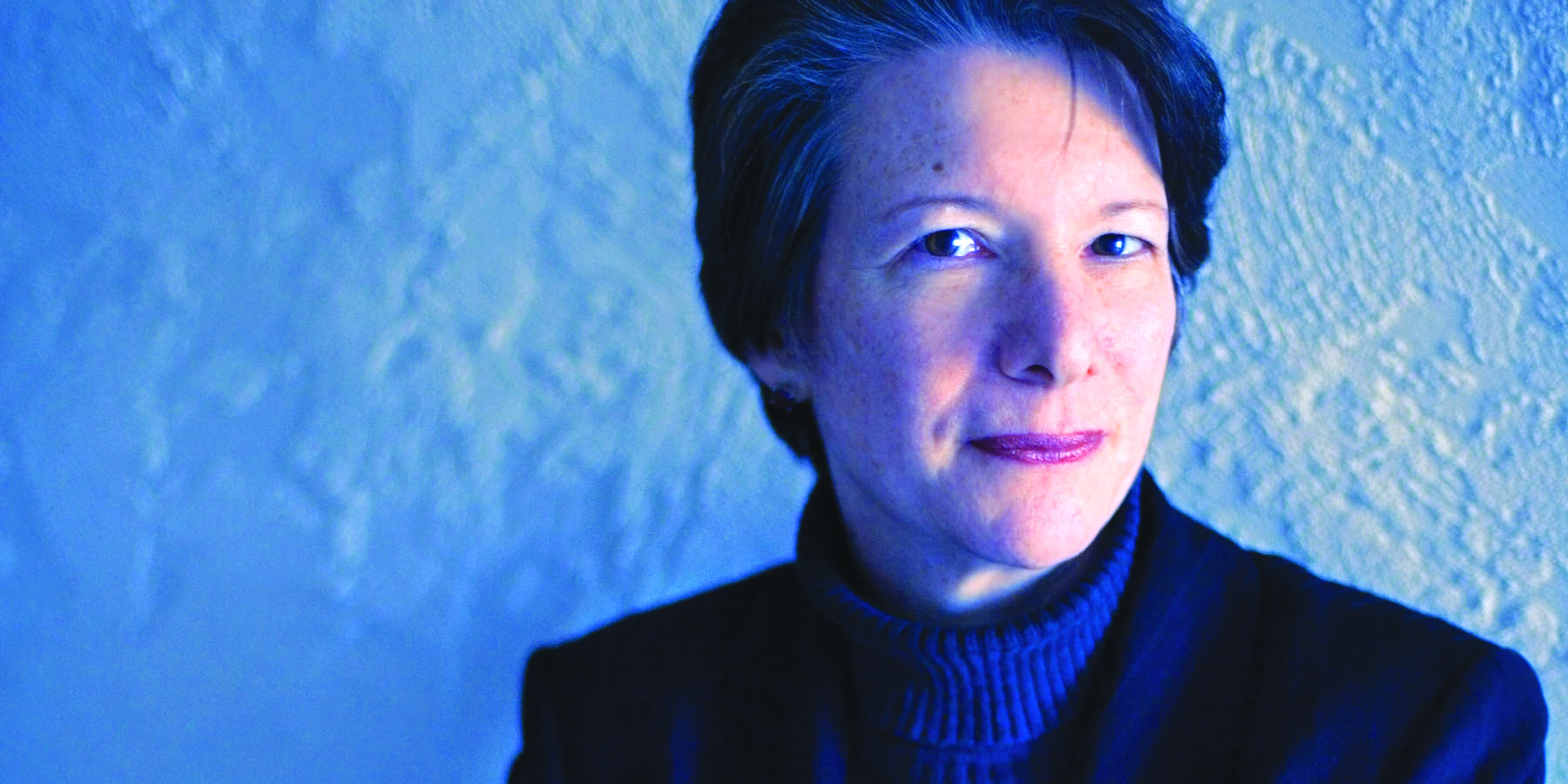
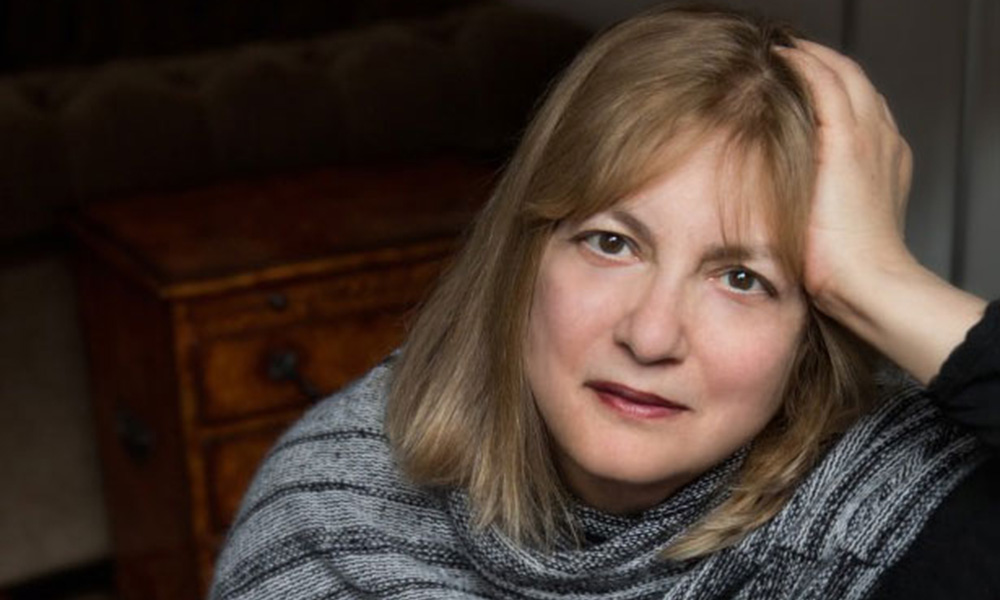
4 thoughts on “10 Women You Need to Know This Women’s History Month”
to that list, I would add badass woman of the Talmud, Bruria! a song named after her appears on this 2020 album: https://larrylesser.com/sparks
For Roberta Kaplan
I doubt that there is much that I can do to help you, since I am a neurologist, but if I may give you any help please contact me. Your efforts must bare fruit.
?
How could you not acknowledge Ruth Bader Ginsburg!